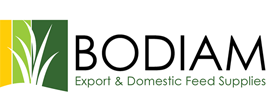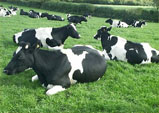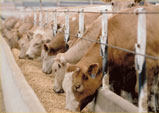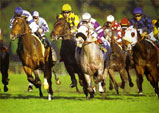Oaten Hay
Oaten hay (Avena Sativa) is an annual grass cereal, primarily used as a fibre source for livestock. Traded internationally as a feed source since the mid 1980's, it has a reputation for being productive, reliable and safe.
Qualities unique to oaten hay include:
- Highly digestible fibre
- Can be fed on its own or used in a mixed feed ration
- Highly palatable with a reputation as 'sweet hay'
- Low contamination risk
Oaten hay crops sourced by Bodiam in the Wheatbelt predominantly consist of the following varieties- Carrolup, Winjardie, Mulgara, Wintaroo, Williams and Brusher.
Growers select the variety to sow in a given year by considering many factors. Among those, disease resistance, length of maturity, agronomic characteristics and potential markets are of upmost importance.
Seeding of oaten hay begins in early May. Some chemical and fertiliser is applied during it's growth cycle, however these rates are low by world standards.
Cutting can occur from September to November, with plant growth stage and weather conditions being the deciding factors.
The crop must then Cure (dry) in the windrow, with environmental factors playing a crucial role at this stage.
For export quality hay, Baling begins when moisture levels in the windrow are at 14% or lower. The crop is baled into large rectangular bales and then stored on-farm, or at our Northam site.
Please note: Rain events, wind and extreme heat or cold can greatly affect all stages of oaten hay production.






